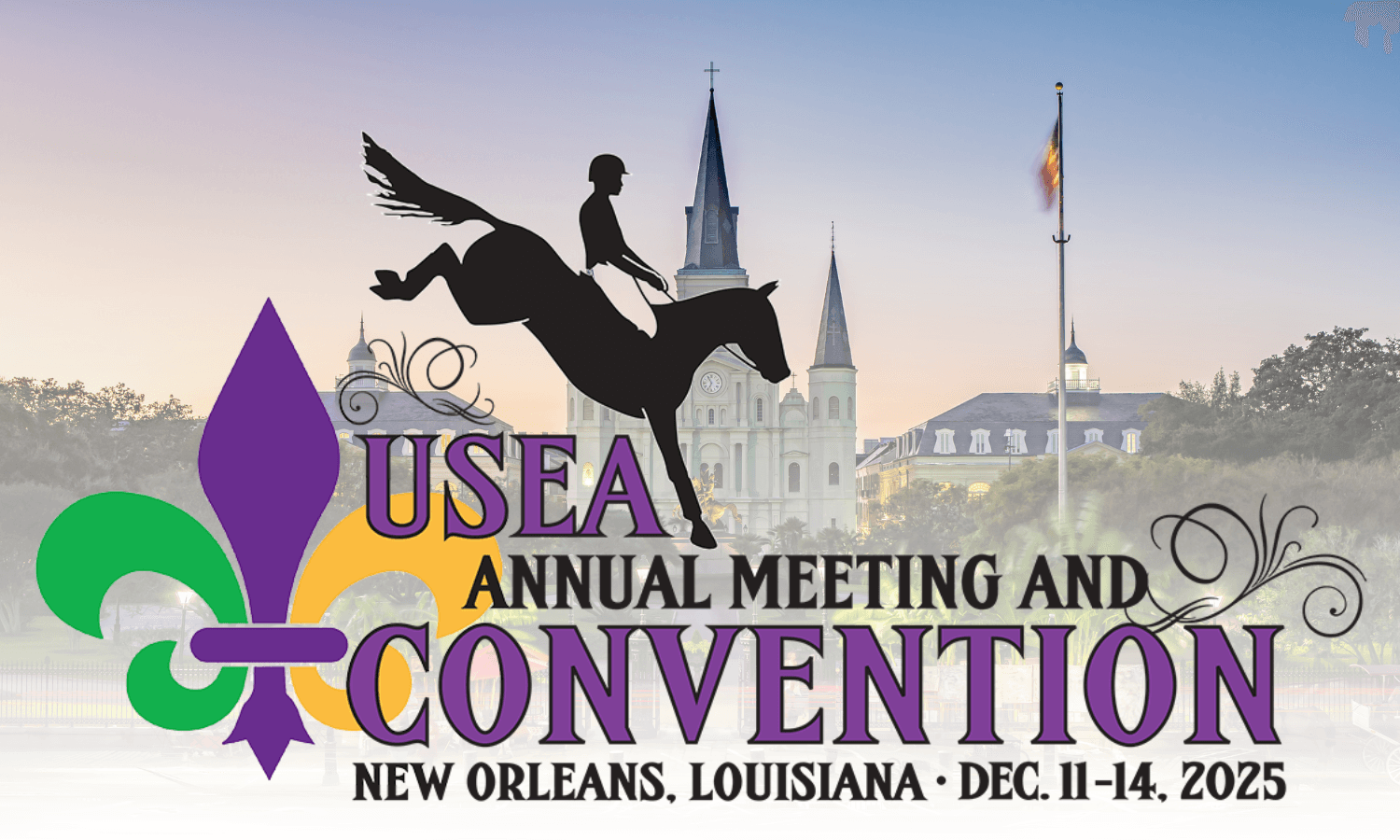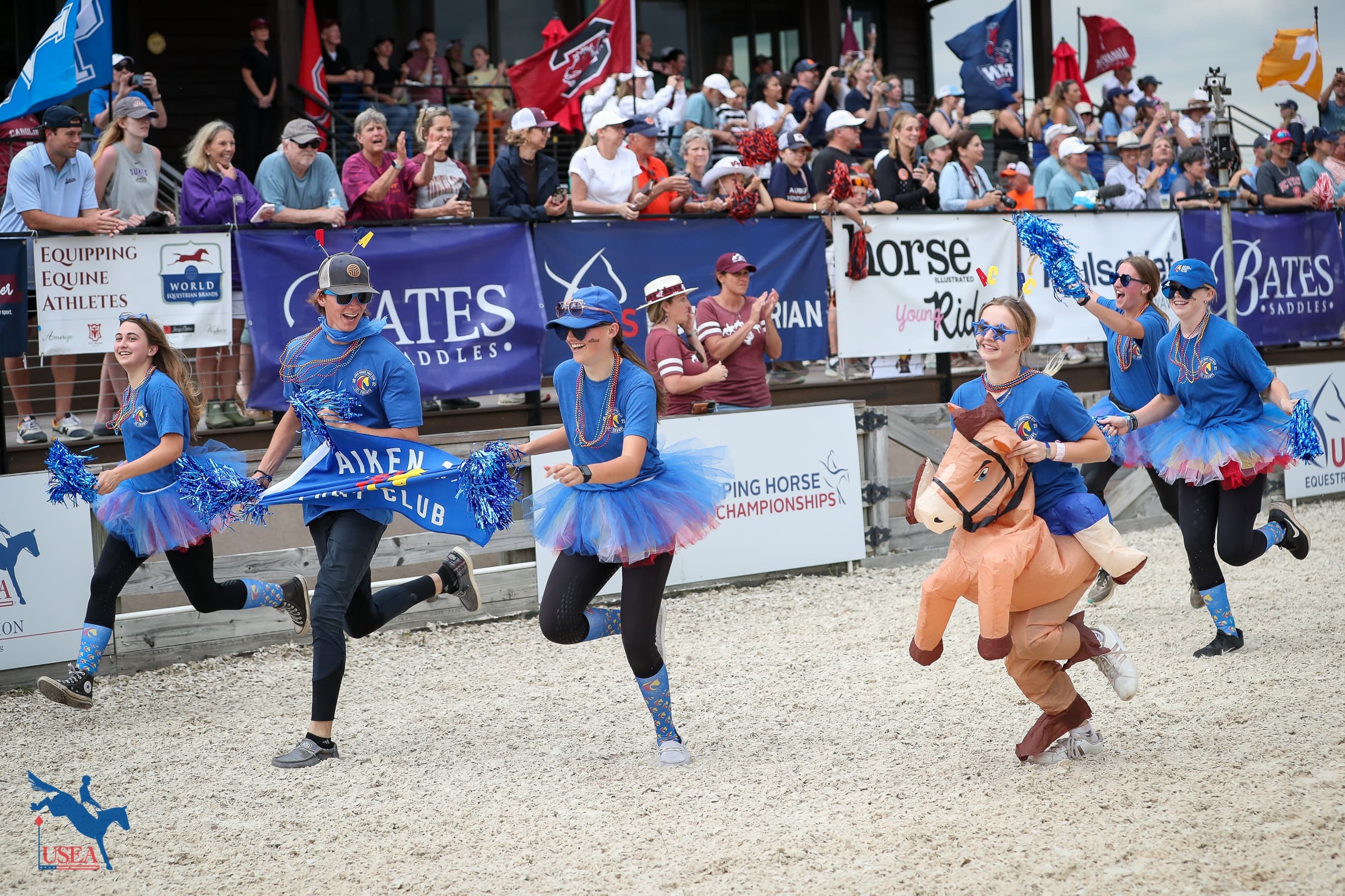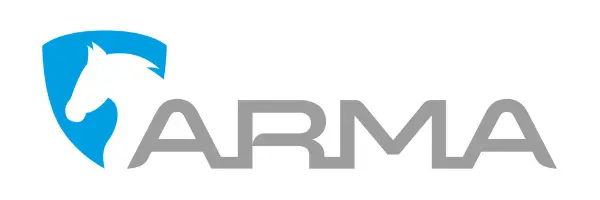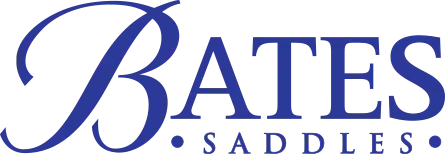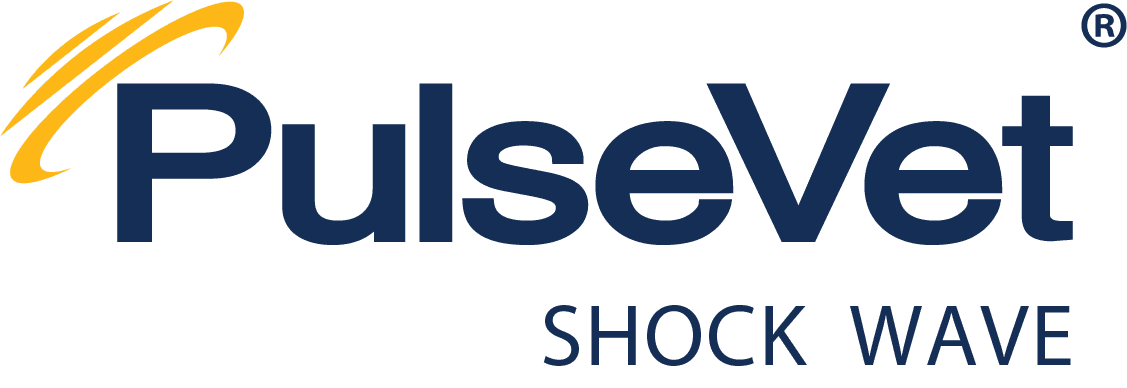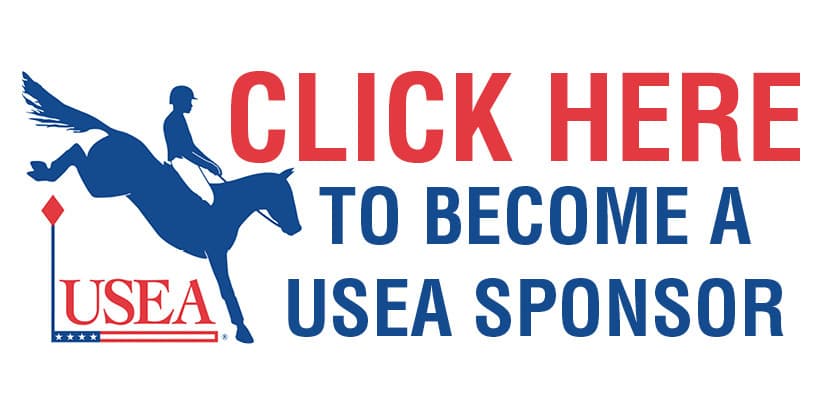USEA Annual Meeting and Convention Day One Review

The first full day of the USEA Annual Meeting and Convention at the beautiful Broadmoor Hotel in Colorado Springs, CO was packed full of committee meetings, seminars, and open forums that gave all USEA members the chance to learn, enjoy, and share with 300 of their fellow eventing enthusiasts.
USEF Eventing Technical Committee
The USEF Eventing Technical Committee Meeting focused on two main issues in this morning’s open portion: modifying the one fall and out rule and the new FEI Qualifications.
Last year the USEF Eventing Technical Committee recommended repeal of the one fall and out rule that was put forth to the USEF Board of Directors at the USEF meeting in January. The Board of Directors voted not to approve the proposed rule change, so the rule remained the same for 2012. This year the rule change was put forward to the USEF Eventing Technical Committee once again, but with the stipulation that it would apply only to the Beginner Novice and Novice levels for riders who landed on their feet. There was nearly an hour of discussion of the wording of the rule, levels which it would apply to, how to enforce who could get back on, etc. However, when time ran out for the issue on the agenda, the motion passed that the rule would be put forth as proposed with only a slight wording change that riders must have no apparent injury to continue. The rule will now be proposed by USEF Eventing Technical Committee Chair, Malcolm Hook, to the USEF Safety Committee and if it passes there to the USEF Board of Directors.
Following discussion of the one fall rule, the topic moved to the new FEI qualifications which go into effect in January. Derek di Grazia took the lead on the explanation of qualifications which are not still written in stone. The major changes are the requirement of horse/rider to qualify as a pair, requiring CICs to qualify for CCIs (rather than national horse trials that have been used in the past), and categorizing riders based on CCI qualifying results. There are now two sets of qualification requirements for FEI events: categorized riders and uncategorized riders. The big issue that was brought up is that these new FEI qualifications benefit only European riders who have access to many more FEI events then other countries such as the U.S., Canada, and Australia. So as a result the U.S. has been granted a one year deal where certain National events can be identified as qualifiers for FEI events. The only change required by these events is that they have an FEI TD. The committee has not yet identified the events that will be used as qualifiers, but they hope to do so as soon as possible.
Issues raised in this morning’s meeting will continue to be discussed throughout the Convention and especially at the Saturday morning meeting.
Eventing Calendar Planning for 2014 and Beyond
The Eventing Calendar Planning for 2014 and Beyond was introduced by Area Affairs chair, Lou Leslie as the responsibility for planning the eventing calendar lies with each Area. Then Roger Haller gave a review of how the calendar is created. Several years ago Kentucky CCI was in June and Chesterland CCI was in September which caused the horses to have to be conditioned in very hot weather. There was a general agreement made that we would have the goal events at the time of year that works out best of the horses. These anchor events are set first and then the organizers provide competitions around these goal events at specific time periods. The meeting then moved into the discussion portion where the area chairs and organizers could work together.
Professional Horseman's Council
The Professional Horseman’s Council started their meeting with a call for nominations for a smaller working group as the PHC they then went immediately into the change in wording for the Rider Rep Rule. The new verbage allows for a rider to walk the course independently of the TD and President of the Ground Jury although it is still preferable that they do it together. There was then a lengthy discussion on rider participation and making sure that the forms get turned in as the feedback is very important. Comments were made by several riders that they would lose credibility if they don’t follow through with their demands for their voice to be heard.
Footing management was the next topic on the agenda, and Jon Holling announced that the PHC had made some progress from last year but they were at a bit of an impasse of how to continue. Decisions need to be made on whether the PHC wishes to spend money on compaction testing or look at other options.
The final topic was a discussion on the FEI’s new rider licensing which was led by Robert Kellerhouse, USEF representative on the FEI’s Eventing committee. He explained that the European riders just had their meeting and were concerned about a few points as well as the 20 IQRs was a bit steep – even Olympic Gold Medalist, Michael Jung, is only categorized as a B rider. The qualifications and rider’s categorization is still under debate across the world.
The PHC meeting wrapped up with a review of what the Horsemanship Council, headed by Max Corcoran has accomplished this year and their hopes for future plans.
Covering Ground: Preserving our Barns, Training Grounds, and Competition Venues
Anna Gibbons and John Strassburger from the Equine Land Conservation Resource spoke before lunch on Covering Ground: Preserving our Barns, Training Grounds, and Competition Venues. Encouraging an open discussion with the audience, Anna and John discussed the decrease in adequate, affordable land for use by eventers and horsemen in general. “I’m sure all of you can think of places where you used to ride compete or drove past that isn’t there anymore. It has been turned into housing a strip mall or a highway,” John said.
We lose 6,000 acres of open land every day, equallying 2.9 million acres a year. This affects not only eventers, but farmers who provide us with hay and grain, the costs of which have already increased dramatically in recent years. The causes of land loss include life events (like deaths or changes in ownership), financial pressures, changes in usage of surrounding lands, and liability issues.
“We have a relatively limited amount of time to reverse the land loss,” Anna said. “It is going to take local action.” We must be attentive to landowner challenges, life stages and needs, know the family and stakeholders, formalize relationships, pay to play, and try new methods. Anna said it is also important to educate landowners about liabilities and be involved in a conversation. An audience member said it is “not just the loss of land, but the access and ability to use it.” Starting with foxhunters and learning more about their informal system might be useful. In addition, Anna said to “talk to people about the challenges we are facing beyond the horse community.” Get involved with local committees and groups where the decisions are being made to keep the problem in focus and on the agenda.
Joint Health Facts: What You May Not Know?
Allyn Mann of Adequan opened his discussion with a lesson in equine joint anatomy and function. He went on to explain how Adequan injections work to help repair joints and prevent further damage, although he stressed that if a joint is too far damaged, even Adequan cannot repair it completely. Allyn went over several studies involving Adequan including a study with 2-year-old racing Quarter Horses who, when treated with Adequan, remained in training longer, competed in more races, won more races, and earned more money. Another study involved a Thoroughbred farm with a high instance of Osteochondritis Dessicans (OCD) in foals. Seventy-four foals began treatment at 8 weeks of age and the number of clinically significant lesions reduced by 45 percent with no side effects or adverse reactions after 75 injections over the course of 16 months.
Allyn said that when you try to prove that a drug can work prophylactically it can be difficult because there are so many different types of horses who are managed and worked differently. The ideal way to use the drug Adequan may not be the same across the board because so many variables exist between horses. After his presentation, Allyn went on to answer questions from the audience about the administration of Adequan and the differences in Adequan and other injectable joint medications.
USEF Event Owners’ Task Force
So many people attended this meeting there was hardly any floor space left. Mark Hart, Chair of the USEF Event Owners Task Force, opened the meeting by explaining how the task force, put together after the 2006 Aachen World Equestrian Games, came to exist. Included in this explanation was a reference of the website Experience Eventing, built to get the word out about the task force and its activities. The website is meant to allow people to see what the concept of eventing is, how really affordable it is, and be a forum of people to promote their syndications.
Incoming U.S. Team Coach David O’Connor took the floor then and explained to the members of the task force, made up mostly of owners of high performance horses, how the U.S. will be moving forward as an international force. He said the number one goal for the U.S. is to become the number one country in eventing in the world. He said there are four pillars for success: respect, integrity, transparency, and consistency. He described various ways that the owners will be more involved in international competitions such as course walks with David, and receptions with the owners, grooms, and riders.
Finally, David described a system to assign a quantifiable number to a subjective process of team selection. For instance, clear rounds on cross-country and in show jumping will earn points in addition to soundness evaluations. Some subjective topics like character, the will to win, rider fitness, technical ability, and appropriateness for the competition they are going to will also be assigned a rating. “The number is not the definitive aspect of whether you go or not. The benefit is, you can hand this piece of paper back to the riders. This is how you are being evaluated. This piece of paper can also come to the owners. It is a document that everyone will see in a very objective way,” David said. “We are going to be professional.”
















